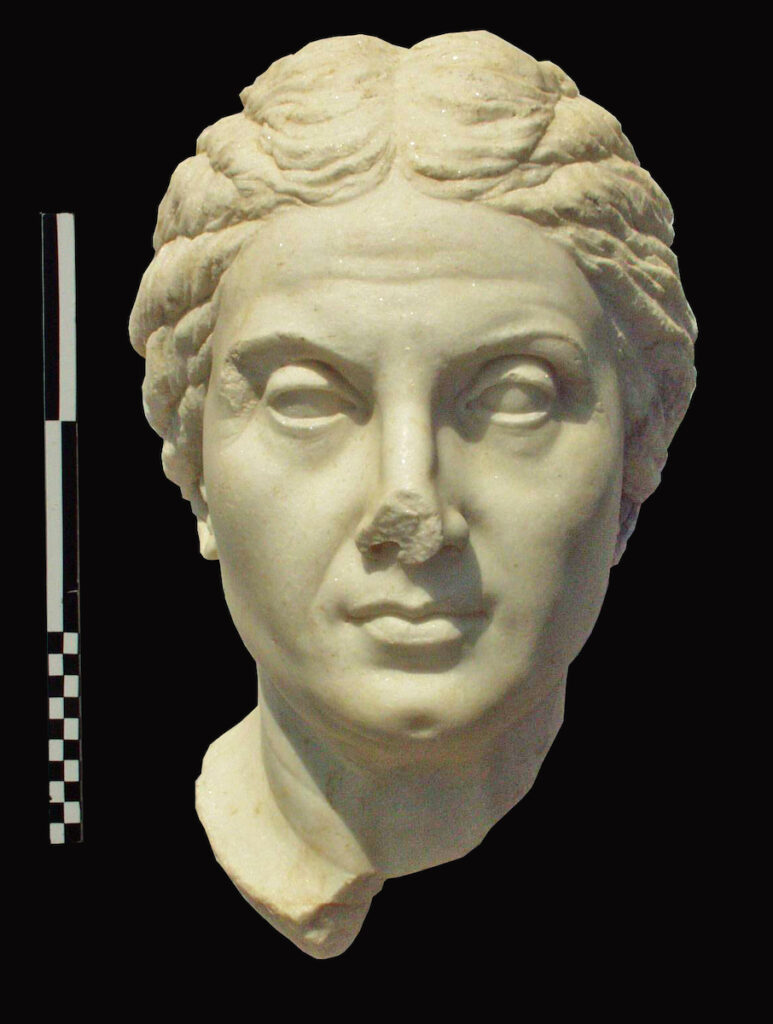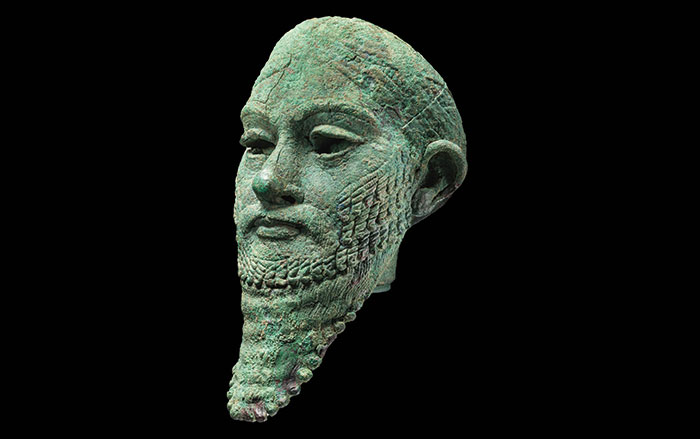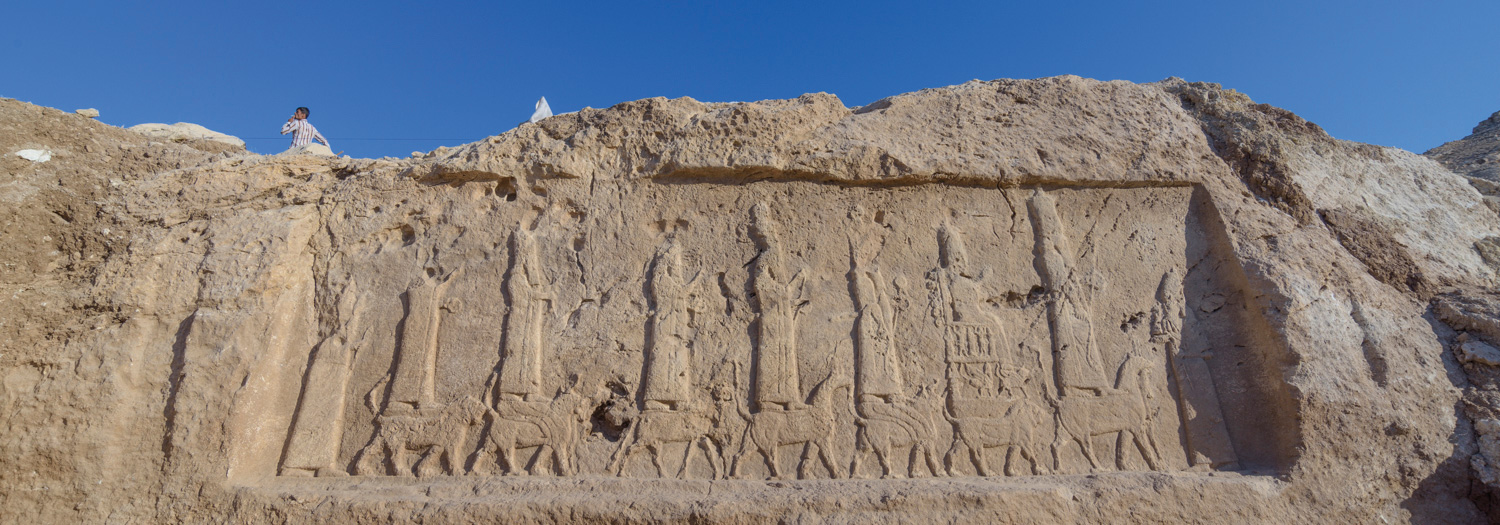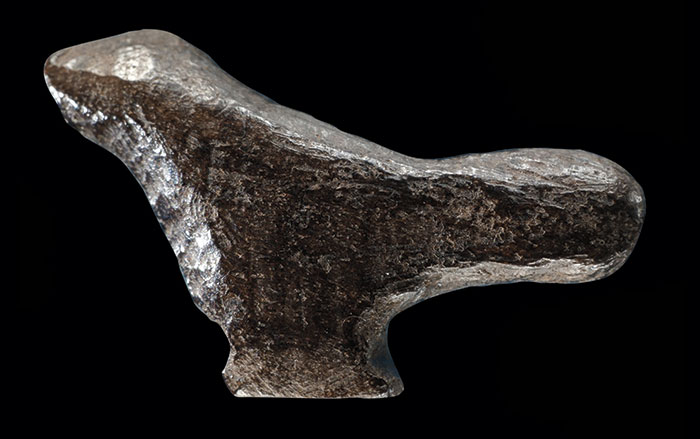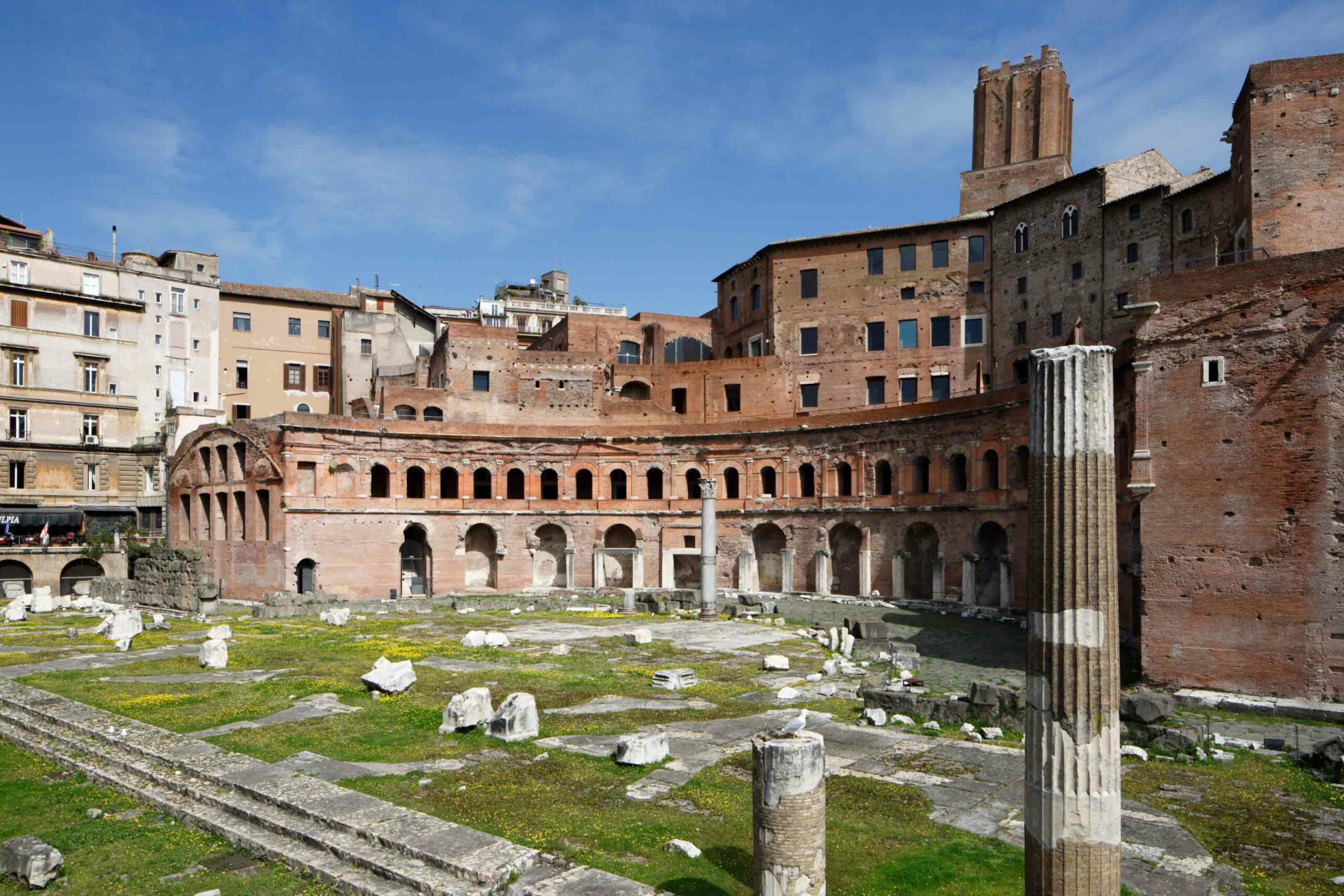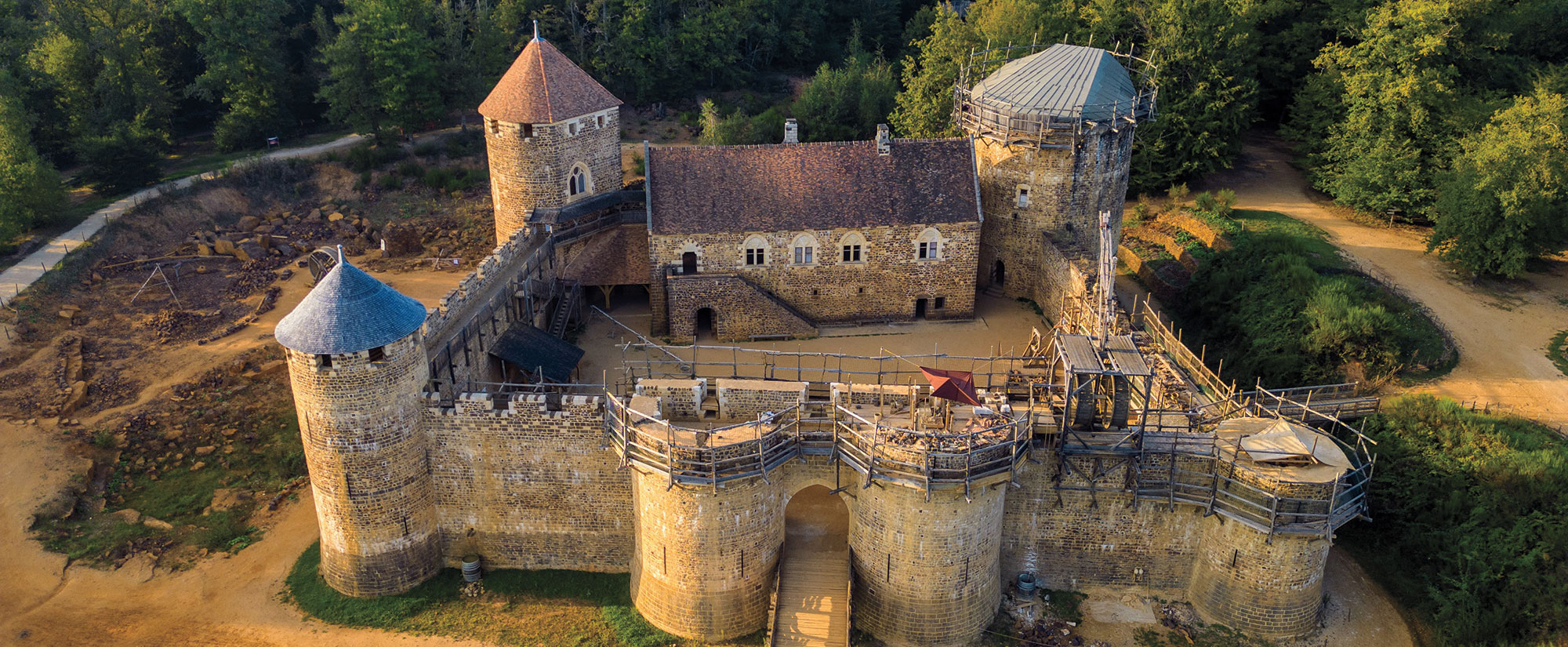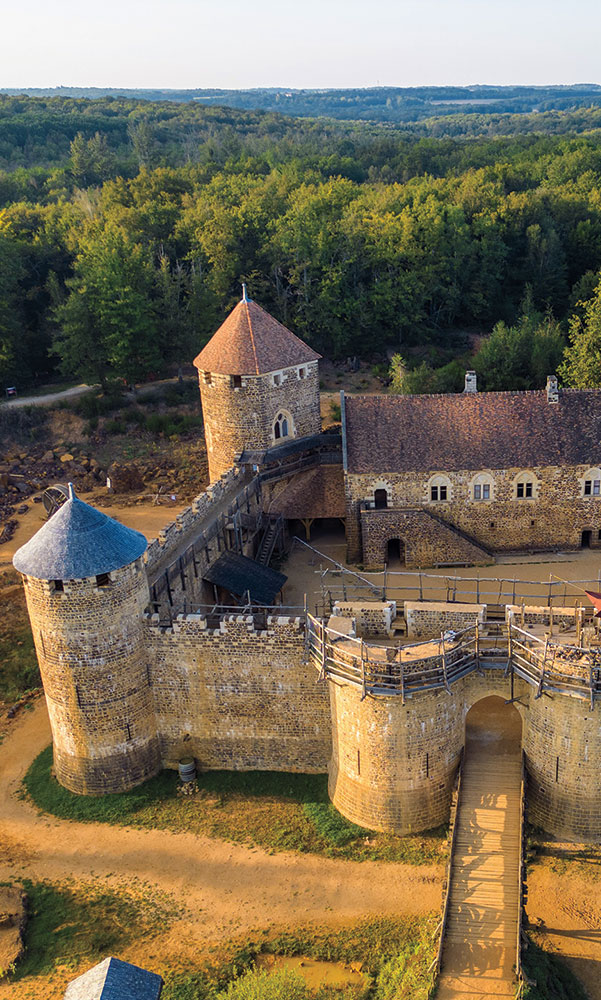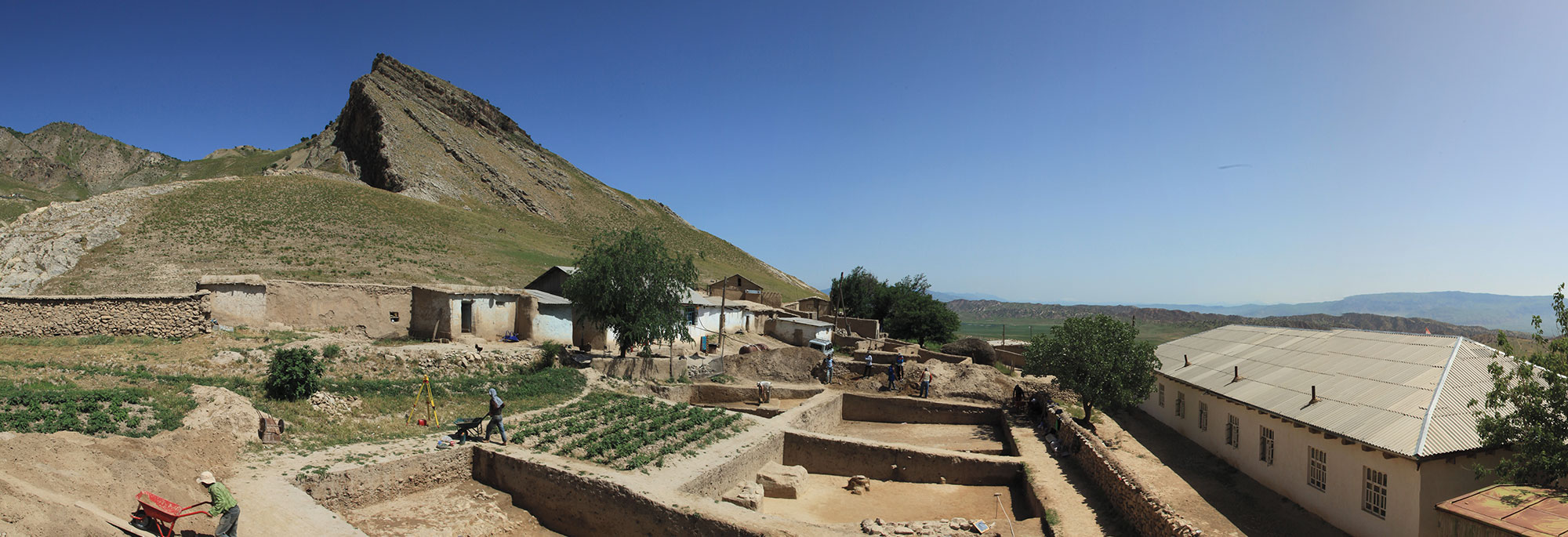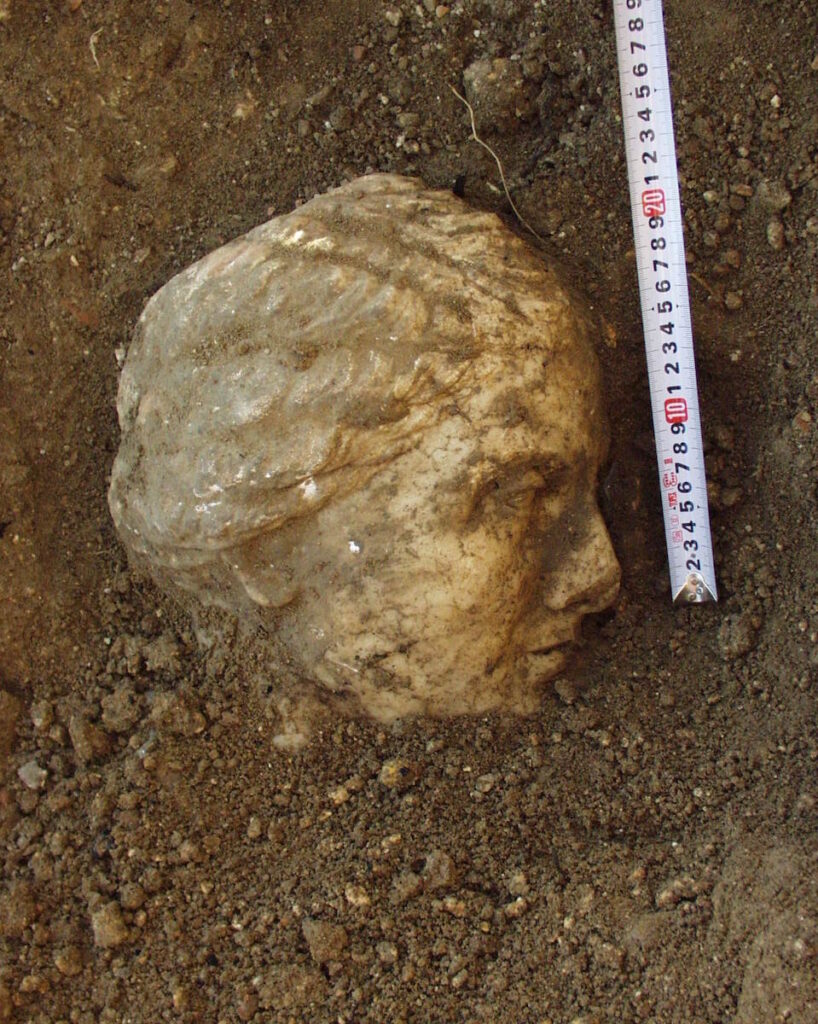
SEVASTOPOL, CRIMEA—More than two decades ago, Ukrainian and Polish archaeologists unearthed an exquisitely carved marble head of a female statue at the ancient Greek site of Chersonesus on the Crimean Peninsula. The artist skillfully rendered the woman’s features with a hint of both Greek idealism and Roman realism, which prompted researchers to wonder who exactly the sculpture was meant to depict. La Brújula Verde reports that researchers have recently scrutinized many aspects of the sculpture—including its date, design, execution, and archaeological context—to finally ascertain the mystery woman's identity. Researchers determined the statue likely represents an aristocratic woman named Laodice, who lived in the city in the second century a.d. One of the helpful clues that led to this conclusion was the sculpture’s melonenfrisur hairstyle, which was a popular fashion worn by wealthy women during this time period. The experts also connected the work of art with an honorary inscription found elsewhere at the site. It appears that Laodice was instrumental in helping Chersonesus earn “free city” status from the Roman Empire, for which she was rewarded by having a statue erected in her honor in the public square. Read the original scholarly article about this research in npj Heritage Science. To read about evidence of an Anglo-Saxon town in what is now Crimea, go to "Searching for Lost Cities: London on the Black Sea."
